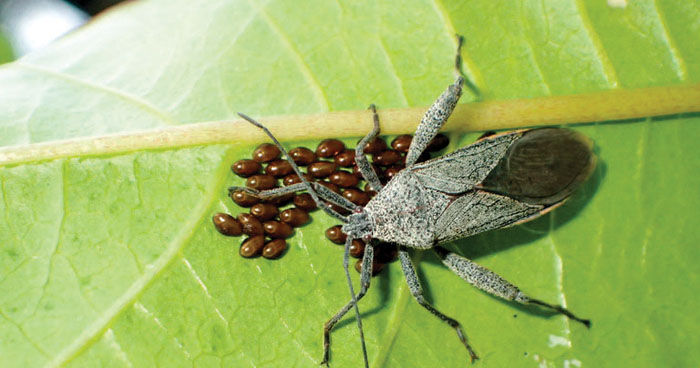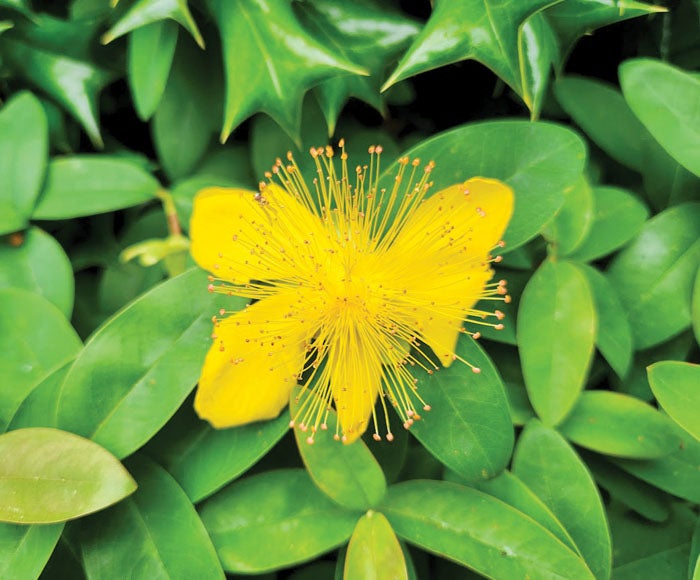H&G Q&A: Squash bugs and St. John’s wort
Published 12:00 am Saturday, June 10, 2023
Occasional afternoon and evening rain showers along with warm temperatures create the perfect environment for insect, disease and other problems. Many have asked about problems in both landscape plantings and flower beds. Below are a few problems posed over the past week.
Question: I have some shrubs that have some unusual, shiny black eggs on the underneath side of the leaves. Do you have any idea what these are?
Answer: It looks like you have squash bug eggs on your leaves. Squash bugs and other true bugs are laying eggs now as they are pretty common for our area.
Question: I had a hanging petunia hanging basket that died only a few days after bringing it home from the garden center. I kept it watered and checked it often. What could have happened?
Answer: Unfortunately, there are many reasons for the plant’s decline. Too much or too little water is often the most common problem. Sometimes the plants roots have overgrown their space and then start a slow decline. The plants may have been at the beginning of decline just as you purchased them. During hot, sunny days, it’s best to water hanging baskets at least once a day. Be sure water runs out the bottom of the basket to make sure the roots are fully hydrated.
Question: There is a yellow flower blooming at the entrance of Hurley Park near the hospital that has a truly unique flower. It looks almost like a yellow buttercup flower. Can you identify this plant for me?
Answer: The plant in question is St. John’s wort (Hypericum prolificum) groundcover. It is an herbaceous perennial that can be deciduous or evergreen depending on our weather. It has a fairly compact, dense growth habit with prolific yellow flowers with a massive number of stamens in the center of the bloom. Hypericum is a slow grower that prefers full sun for maximum blooms but can tolerate partial shade. Go to https://plants.ces.ncsu.edu/plants/hypericum-prolificum/ for more detailed information about this unusual plant.
Question: I have wood ashes left over from brush and limbs I’ve burned over the past few months. Can I put these ashes in my garden to help fertilize my plants?
Answer: Yes, wood ashes contain nutrients that provide nutrients for plant growth. However, be aware that the ashes also have high calcium content that can raise the pH of the soil, so it’s best to avoid the ashes around acid-loving plants such as azaleas, rhododendron and blueberry plants. These plants grow best in acid soils.
Darrell Blackwelder is the retired horticulture agent and director with the North Carolina Cooperative Extension Service in Rowan County. Contact him at deblackw@ncsu.edu.





